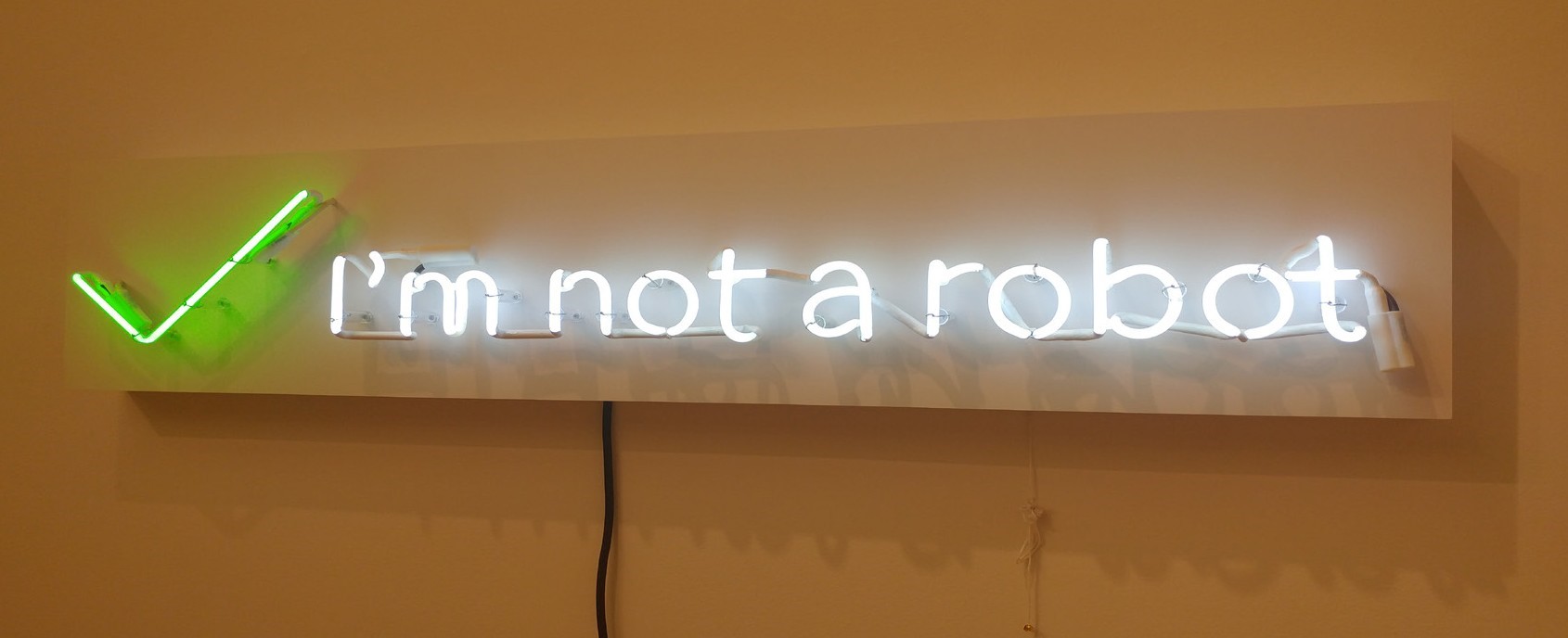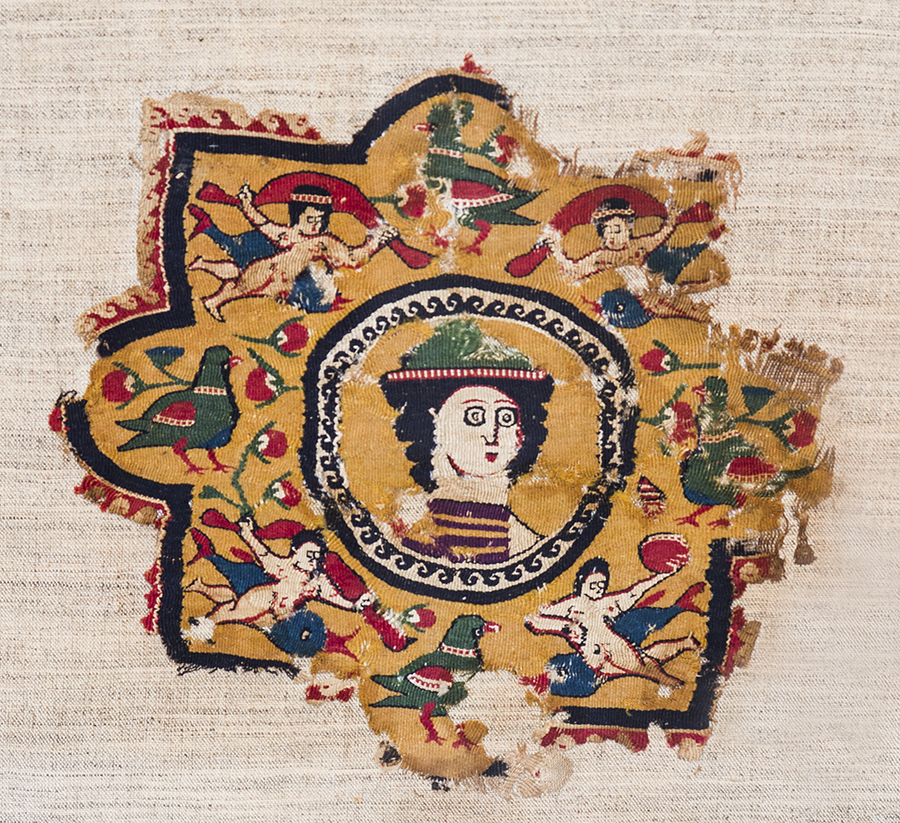Biala: Vision and Memory, is the latest exhibit on display at the Godwin-Ternbach Museum.
The exhibit features 50 paintings, collages and drawings from Janice Biala (1903-2000), showcasing seven decades of her work from 1930 to 1994. Many of her creations were drawn from her own life experiences.
“In canvas after canvas, she displays remarkable visual intelligence and absolute control of her medium. If her paintings offer immense gratification to the eye, they also are reservoirs of feeling and memory, lyric affirmations of the life she chose to lead,” Diane Kelder, guest curator and professor emerita of art history at The Graduate Center, said.
Included in the exhibition are books by Ford Maddox Ford that Biala illustrated. She also frequently featured cats in her paintings because she was said to be fond of them, having owned several as pets.
Another common aspect of her work was the lack of discernible faces in her human subjects, her only distinguishable subject being Ford Maddox Ford. Instead, Biala’s work focused on still-lifes, landscapes and interiors.
“Her use of showing these interiors and still-lifes show a kind of personal style not distinctive to any specific movement,” museum manager Brita Helgesen said. “It’s personal as well as distant because it gives you this look into some charming interiors but there’s this distance between letting you into these interiors and understanding what’s going on in them.”
A notable interior is Biala’s 1983 painting, Paris Façade. It features several rows of open windows and is split in half on two separate canvasses that were put together for the exhibit.
“There’s kind of this disconnect between the two canvasses, although they are supposed to be one façade and that makes it more interesting and intriguing,” Helgesen said.
Jennifer Sanchez is a Queens College alumna who has worked at the museum for over a year. An avid painter, Sanchez felt that Biala was not concerned with pleasing the masses.
“I think her work was very personal to her. I don’t think she was trying to satisfy what people enjoyed at that time or fit into the art that existed during that time period,” Sanchez said. “It was very much about what she liked and what she cared about and the ways that she viewed it.”
The majority of artifacts for the exhibit were donated by the Tibor de Nagy Gallery of New York, the private collection of Jason Andrew and the Estate of Janice Biala. Two paintings are part of the permanent collection at the museum and were donated by former QC president Joseph Brewer.
Vision and Memory will be open to the public until Oct. 26 and will include several events.













